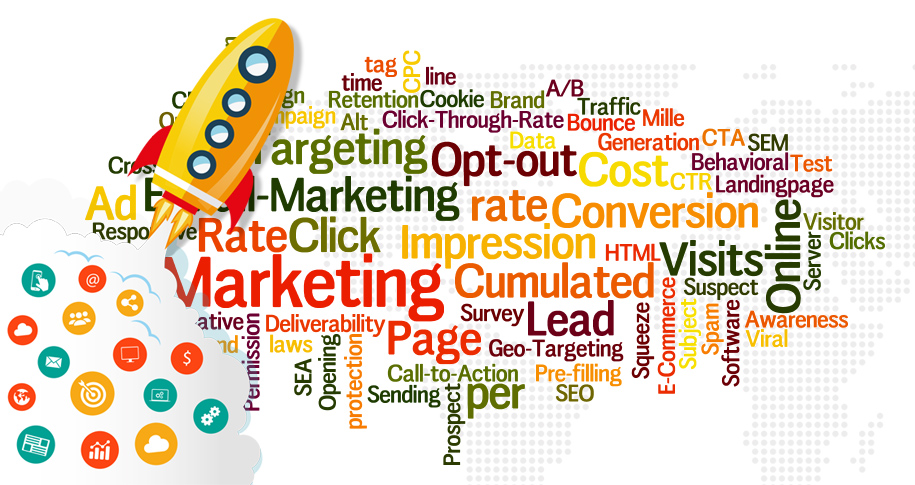What Is Hyperlocal Marketing?
Hyperlocal marketing is a targeted advertising strategy that focuses on reaching customers within a specific, geographically restricted area, often a few blocks or even a single neighborhood. This strategy is especially effective for businesses that rely on local foot traffic, such as coffee shops, gyms, or retail stores. Hyperlocal marketing leverages tools like GPS, geofencing, and location-based advertising to deliver tailored messages to nearby audiences.
Key Features of Hyperlocal Marketing
- Precise Targeting
Hyperlocal marketing uses tools like geofencing and beacons to precisely target potential customers in a specific area. - Real-Time Engagement
Campaigns can deliver real-time messages, such as promotions or event invitations, to users who are nearby. - Personalized Messaging
The focus on local audiences allows for highly personalized marketing that resonates with community-specific preferences and needs. - Mobile Optimization
Since most hyperlocal campaigns rely on smartphones, businesses optimize their ads for mobile users, ensuring seamless interaction.
Benefits of Hyperlocal Marketing
- Increased Foot Traffic
By targeting local audiences, businesses can drive more customers to physical locations. - Better ROI
Hyperlocal marketing is cost-effective because it focuses on a highly relevant audience, reducing wasted ad spend. - Enhanced Customer Engagement
Personalized, location-based messages foster stronger connections with customers, increasing loyalty and retention. - Effective for Small Businesses
Small and medium-sized businesses can effectively compete with larger companies by targeting their immediate community. - Supports Local Events
Businesses can use hyperlocal marketing to promote events or limited-time offers in their area.
Examples of Hyperlocal Marketing
- Push Notifications
Retail stores send push notifications about discounts or offers to customers near their location. - Social Media Ads
Platforms like Facebook and Instagram allow businesses to target ads to users in specific areas. - Google My Business
Optimizing Google My Business listings helps businesses appear in local search results, driving nearby customers to their stores. - Beacon Technology
Businesses install beacons that trigger messages or ads when users pass by their store. - Local Partnerships
Collaborating with local businesses or events can amplify hyperlocal marketing efforts.
Challenges of Hyperlocal Marketing
- Privacy Concerns
Using location data raises privacy issues, and businesses must ensure compliance with data protection regulations. - Limited Reach
Hyperlocal marketing is effective for localized campaigns but may not be suitable for brands aiming for broader visibility. - Dependence on Mobile Devices
Since it heavily relies on smartphones, the effectiveness of campaigns depends on user adoption and app engagement.
Conclusion
Hyperlocal marketing is a game-changer for businesses looking to connect with their immediate community. By delivering precise, personalized messages to local audiences, businesses can drive foot traffic, increase engagement, and build strong customer relationships. As digital tools evolve, hyperlocal strategies will become even more integral to local business success.
